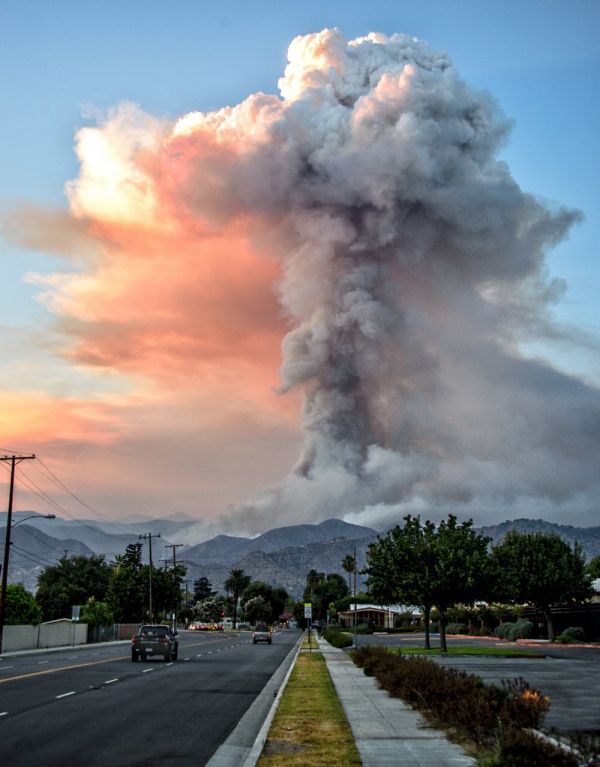With smoke from western wildfires poised to spread from coast to coast this week, people will be looking to a NOAA smoke model for guidance on everything from how it might impact their area, to the weather, to scheduling school recesses.
The High Resolution Rapid Refresh-Smoke model may still be experimental, but many depend on it already, said Michael Staudenmaier, a science and technology division leader with the NOAA’s National Weather Service Western Regional Office in Utah. “When it’s not running during fire season, you hear about it pretty quickly,” he said.
HRRR-Smoke, as it’s known, is the first numerical weather prediction model in the U.S. that forecasts smoke’s impact on a number of weather variables. Based on satellite observations of fire location and intensity, HRRR-Smoke predicts the movement of smoke in three dimensions across the country over 48 hours, simulating how the weather will impact smoke movement and how smoke will affect visibility, temperature and wind.
Continue reading at NOAA Research
Image via NOAA Research


